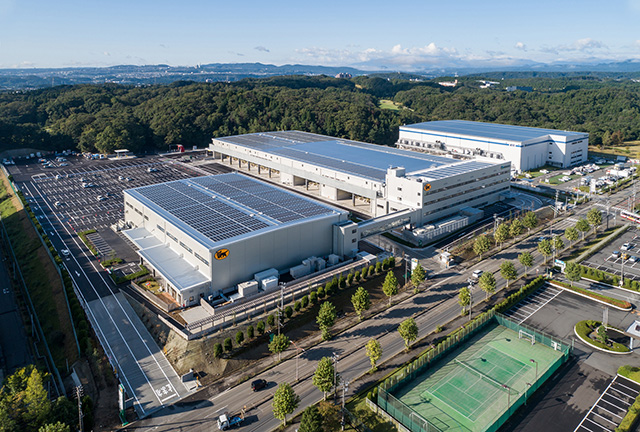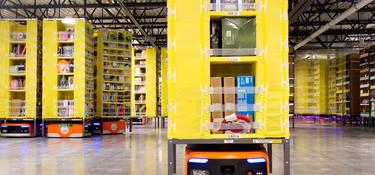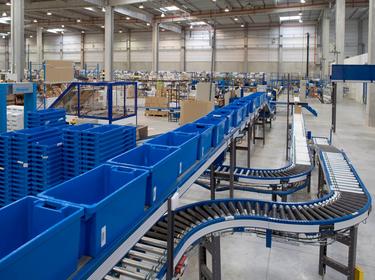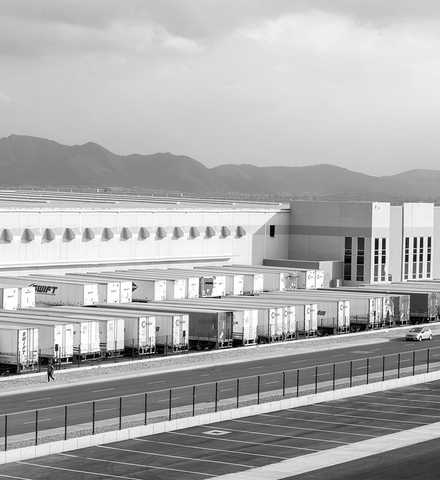
What Common Challenges Affect Traditional Warehouse Operations?
A warehouse is a challenging environment because there is always a driving need to maximize productivity and reduce costs simultaneously. Making these objectives even harder are common warehouses issues, such as:
- High employee turnover rates and staff shortages
- Faulty inventory numbers
- Picking errors and mislabeling of inventory
- KPI performance and goals
- New growth targets
- Maintaining or upgrading old equipment and technology
Warehouse automation is one of the easiest and most effective ways to address these problems. It can also help improve the overall accuracy and performance of a warehouse.



